Flying Scotsman: Striking images of US trip to raise funds for Strathspey Railway as photographer reunited with locomotive after 50 years
Striking photographs charting Flying Scotsman’s trip across the United States 50 years ago are to be used to raise funds for the Strathspey Railway, where the volunteer fireman who took them was reunited with the world’s most famous locomotive on Friday.
The images captured in 1971 by former railwayman and police officer Pete Gores, 77, include the steam engine travelling down a street in Erie, Pennsylvania, as children wave.
Advertisement
Hide AdAdvertisement
Hide AdGores has flown from his home in New York State to see the locomotive for the first time since he was part of its crew on the mammoth four-week east-west excursion from Buffalo to San Francisco.
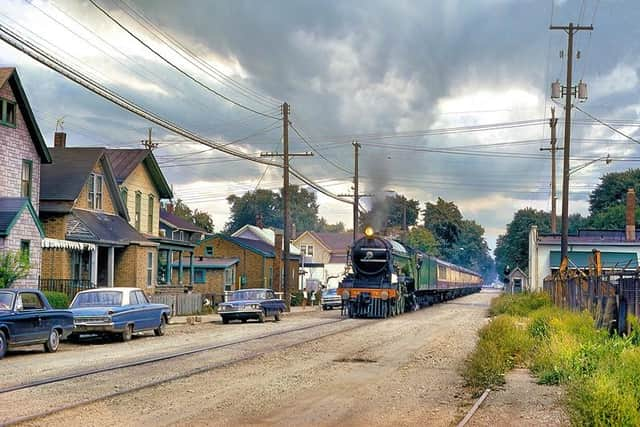

He was given the opportunity to shovel coal on the footplate while Flying Scotsman was being moved round the Strathspey Railway’s yard – hours before it collided with the Royal Scotsman luxury train while they were being coupled together, which led to the cancellation of the locomotive’s trips on the line this weekend.
Flying Scotsman had been due to make its final runs on the ten-mile line between Aviemore, Boat of Garten and Broomhill, rounding off a visit which started two weeks ago.
Gores told Scotland on Sunday: “It was something I had been looking forward to for 52 years, to be reunited with her, see her again and give her a pat.
"I’m blessed I had the chance to be involved with her again. I had a great day.”
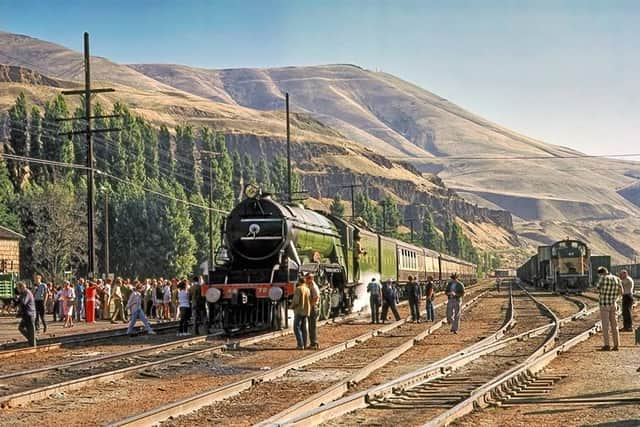

Gores, who was a volunteer fireman on the Livonia, Avon and Lakeville Railroad in the US state, recalled of his 1971 trip: “The locomotive ran like a Swiss watch, much better than the locomotive I had learned on. The whole trip was a rail fan's dream come true.
"After initial problems firing the locomotive, the British crew helped me to fire it with ease. British coal shovels and fire doors are very different from the ones I was familiar with."
The epic journey to join a “British Week” in San Francisco was arranged by Flying Scotsman’s owner Alan Pegler in an attempt to clear his debts, but he returned to Britain filing for bankruptcy.
Advertisement
Hide AdAdvertisement
Hide AdGores, who worked on the railways in the US for 33 years followed by 14 years with the police, said: “Alan Pegler and his daughter Penny were down-to-earth people and a joy be around.
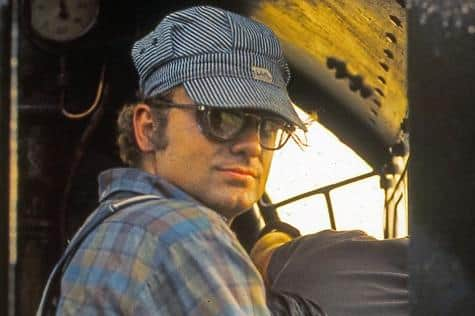

"Every member of our volunteer crew knew we had to get the train to San Francisco for a British festival to help Mr Pegler save his train.”
Flying Scotsman’s visit to the Strathspey Railway is among a series in Scotland and across Britain to mark the locomotive’s 100th birthday, which kicked off with a visit to Edinburgh in February featuring UK Poet Laureate Simon Armitage reading his specially-written The Making of Flying Scotsman (A Phantasmagoria).
Gores also helped photographer O Winston Link, noted for his vivid black and white images of locomotives, to save a Canadian Pacific “ten wheeler” by supervising its movement on the former US rail firm ConRail’s main line from Rome to Utica in New York State.
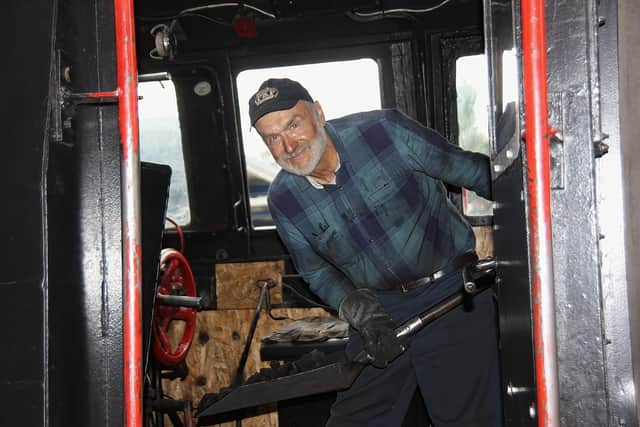

Gores recalled the stretch of line through Erie, in Trackside magazine: “To my surprise we went through the city by travelling down the middle of a residential street. It was a great day looking from the carriage windows.
“Some people drove 300-400 miles to view the locomotive. The one continual comment we heard from many people was that the inside of the coaches was just like the British movies.
“Having fired Flying Scotsman for almost 2,000 miles, a dream that has burned in my heart and soul for more than 50 years would be to be reunited with her on the footplate in the UK and see if I could still do a decent job firing her."
Gores also explained to the magazine his problem with the longer but narrower British shovel he had used aboard Flying Scotsman. He said: “That shovel and the small firebox opening would be my downfall on the grade going west from Cleveland.
Advertisement
Hide AdAdvertisement
Hide Ad"By the time we reached the top of the bank, there was probably more coal on the footplate than I had shovelled into the firebox. This was a terrible failure, that put me into observer status on the footplate watching the other fireman correctly fire this locomotive."It would take some training from the rest of the crew but before long I was able to hold my own on the footplate.”
Strathspey Railway spokesperson Graham Sutherland said: "We are very pleased to welcome American heritage railway volunteer Peter Gores, who, aged 25, was a member of the footplate crew during Flying Scotsman's last long haul journey across the United States.
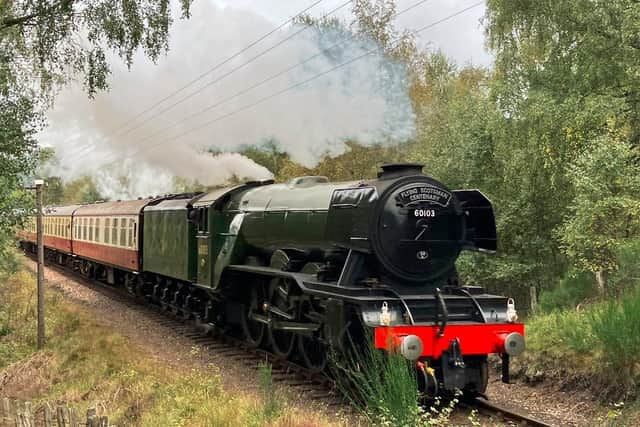

"Peter was hired as a fireman by Alan Pegler, the businessman who had saved the locomotive from being scrapped by British Rail in 1963.
"Fortunately, Peter took a camera with him to record this historic 3,200-mile journey and he has very kindly offered the use of these iconic photographs to help the Strathspey railway raise funds from the sale of merchandise, initially a commemorative poster of the journey.
"If this is successful, it is the railway’s intention to use the photographs on other items of merchandise.
"In the current financial climate, the railway has to explore as many income streams as it can apart from the core income from passengers on the train.
"Peter's photographs show Flying Scotsman travelling through a much different America, but one thing remains the same – wherever Flying Scotsman appears, the crowds come out.
“This was true over 50 years ago in America and it is the same today in Aviemore. Peter is a link with the past and the Strathspey Railway is very fortunate that Peter chose to visit the most northerly steam heritage railway in Britain. Thanks are also due to Mel Holley at Trackside magazine and to Trevor Jones, who restored Peter's photographs.”
Comments
Want to join the conversation? Please or to comment on this article.